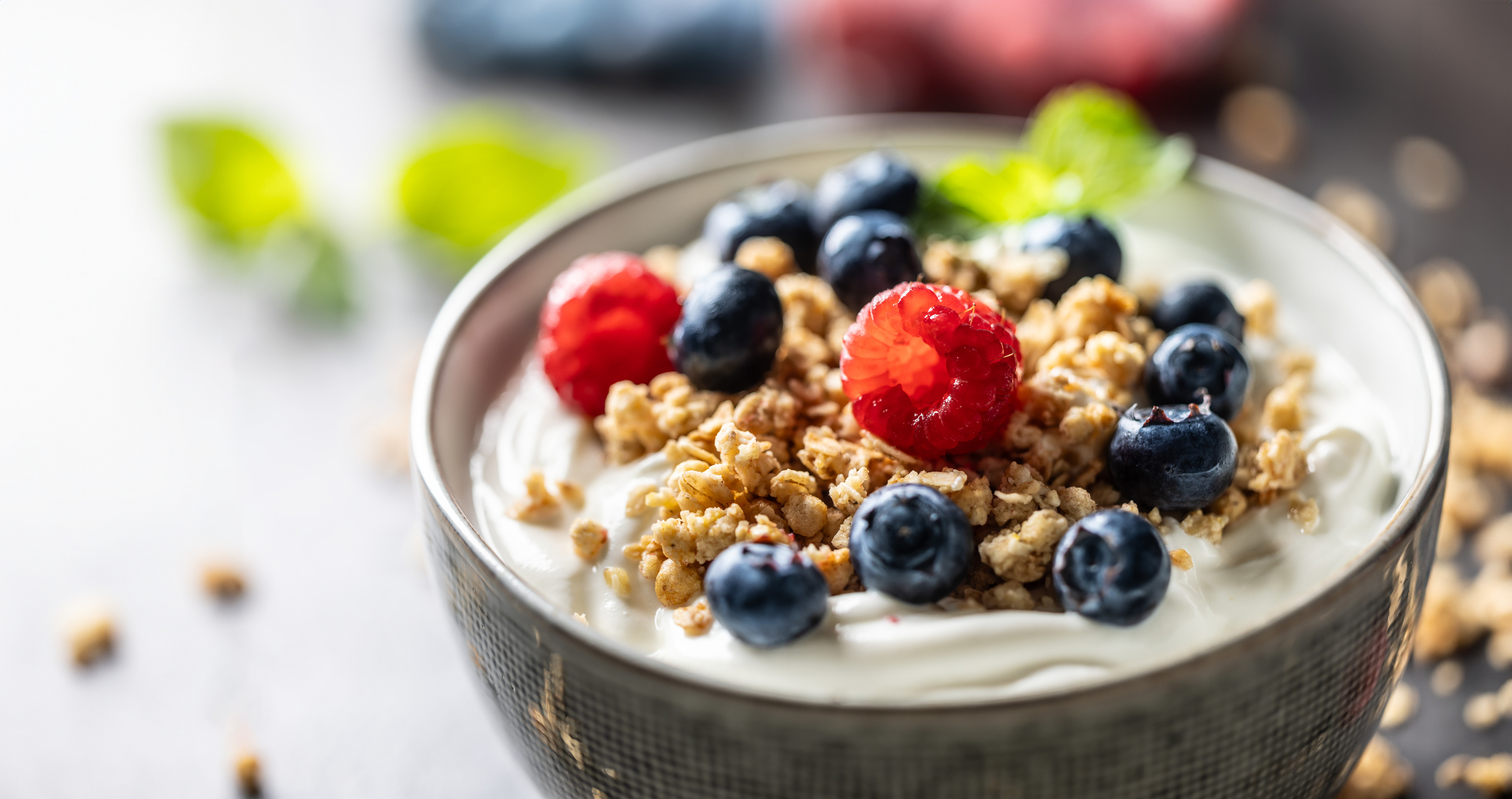Why You Need to Eat More Fiber
Dietary fiber is an unsung health hero. Not only do we need it for healthy digestion and to prevent constipation — it also helps to control appetite, stabilize blood sugar and clear your body of harmful cholesterol.
The National Cancer Institute and the American Heart Association recommend consuming 20 to 35 grams of fiber per day, yet most Americans eat just 10 to 15 grams daily. Ron Cotterel, M.D., an integrative family physician with Sutter, says people who don’t eat enough fiber risk developing a wide range of health complications.

“There are a lot of problems related to a lack of fiber,” Dr. Cotterel says. “Complications of constipation may include hemorrhoids, which can become inflamed and cause the painful condition of diverticulitis.”
Fiber not only fights relatively minor intestinal disorders but may also help prevent coronary disease and colon cancer.
What Is Fiber?
In the most basic sense, fiber is food that the body cannot digest, or only partially digest, and is divided into two categories — soluble and insoluble.
Soluble fiber is soft fiber that partially dissolves with water and turns into a sort of goo as it moves through the body. Along the way, soluble fiber grabs toxic cholesterol secretions from the liver, attracting and finally eliminating harmful substances from the body. It also helps control diabetes by normalizing blood sugar levels.
Dr. Cotterel says insoluble fiber is more like a water bottle cleaning brush. Bulky and rough, it pushes its way through the body, clearing the debris in its path.
“It bulks your stool so your colon doesn’t have to work so hard to push out waste,” Dr. Cotterel says. “It scrapes your colon clean.
The bulk in insoluble fiber also provides a feeling of fullness, moving through the body at a leisurely pace, thereby slowing the body’s hunger signals and reducing the urge to overeat.
Sources of Fiber
Both insoluble and soluble fibers prevent overeating and reduce hunger between meals. Here are examples of foods with high levels of soluble fiber:
- Barley
- Citrus
- Legumes
- Oat bran
- Oatmeal
- Strawberries
Meanwhile, here are foods high in insoluble fiber:
- Brown rice
- Cabbage
- Carrots
- Cauliflower
- Nuts
- Seeds
- Shredded wheat
- Whole grain bread
These foods break down slowly in the body, making them ideal for those needing to control blood sugar.
Insoluble and soluble fibers work together to protect the body from colorectal cancers, diverticulitis, diabetes and heart disease. Some foods, like apples and flaxseeds, offer the best of both worlds with insoluble and soluble fiber in one source.
In fact, Dr. Cotterel encourages patients who struggle with chronic constipation to incorporate ground flax into their diets instead of psyllium husk products like Metamucil. “Psyllium husk works but without the nutrients you get from flax,” he says. “With ground flaxseeds you get the fiber plus the omega-3 essential fats which help prevent inflammation of intestinal tract. For people with inflammatory bowel conditions, this is a great option.”
Adding Fiber to Your Diet
If you’re looking to add more fiber to your diet, it’s important to do so gradually over a period of one to two weeks. This will give your stomach and intestines time to adjust to the dietary change. It will also minimize problems such as diarrhea, bloating or gas that can result when too much fiber is consumed. Moderation is particularly important for older people because their bowel function may be sluggish.
For fiber to be effective, you should drink about 64 ounces of water a day.
Fiber supplements, such as Citrucel, FiberCon, GenFiber, Hydrocil and Metamucil, should only be taken with a doctor's recommendation. While these supplements may help with constipation and cholesterol levels, they don't contain the many essential nutrients found in high-fiber foods.
Learn about getting more fiber in your diet through nutritious foods.




